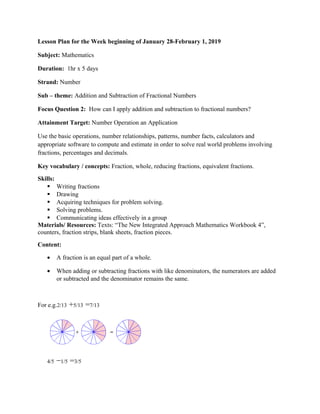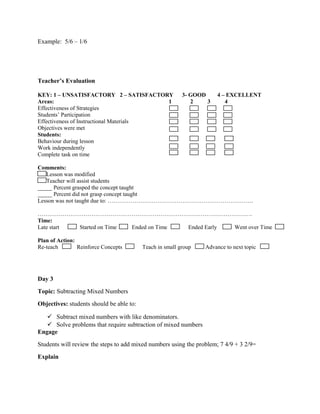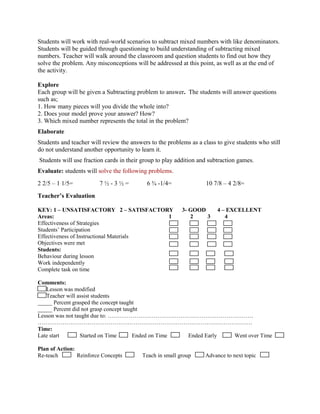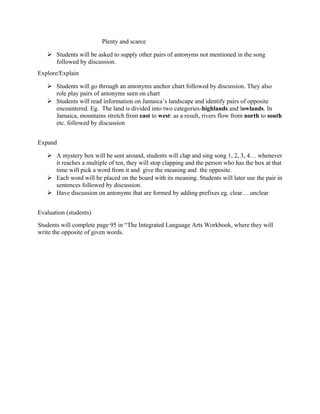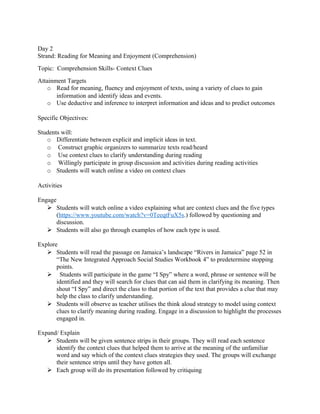This lesson plan outlines a week of mathematics instruction focused on adding and subtracting fractions. Day 1 introduces fractions and adding fractions with like denominators. Students use fraction pieces to represent problems and complete workbook exercises. Day 2 covers subtracting fractions with like denominators, using mixed fractions, and more workbook exercises. Day 3 focuses on subtracting mixed numbers. Day 4 teaches subtracting fractions from whole numbers. Day 5 reviews addition and subtraction of fractions through group work and problem solving. The teacher evaluates students each day and plans reinforcement or reteaching as needed based on understanding.
